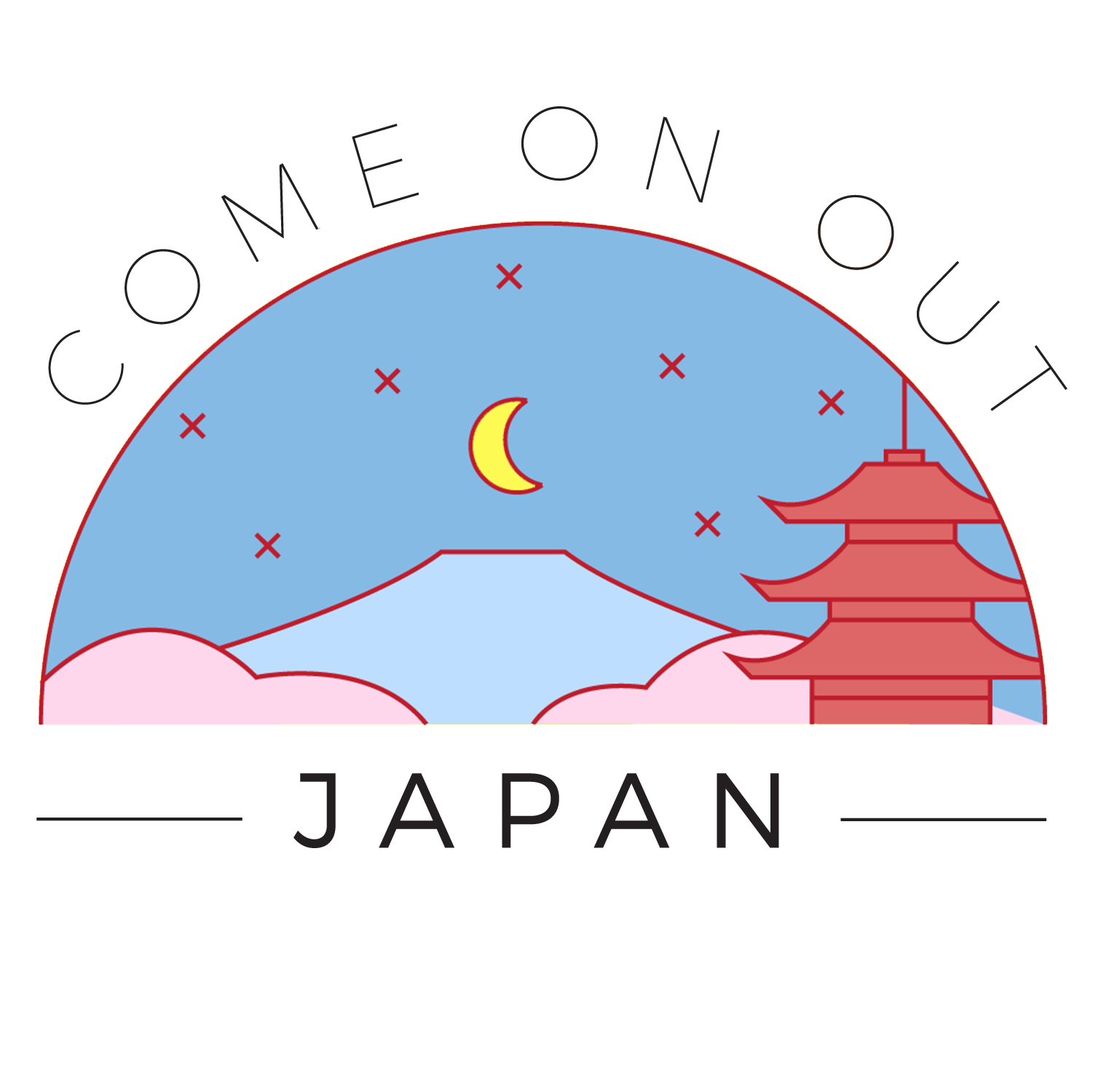Manga and anime are popular in Japan and many other countries, but what about stage plays?
That’s right. Anime and manga happen in theatre form sometimes, too, ranging from the horror drama genre like Tokyo Ghoul to the sports genres like Haikyuu!!.
Fairytale's stage play.
Unfortunately, stage plays never make it outside of Japan’s big cities, but don’t start crying yet! There are ways for you to see them on your computer screen. In my opinion, stage plays are one of the best forms of storytelling I’ve come across. Yeah, stage plays tell the main storyline of Fairytale or something, but they do so in innovative and artistic ways. (I mean, they have to—the directors can’t find a flying blue cat to play Happy anywhere). I was blown away by Haikyuu’s stage play. The volleyball tournaments were well crafted experimental dance numbers, and slow motion was achieved through high-tech strobe lighting systems and lifting systems.
Haikyuu's opening sequence.
If you’re coming out to Japan soon, a resourceful English website to check out is animeonstage.com. They keep you updated with all the newest touring stage plays and where they are touring. And here’s the best part: they have a buying service not just for stage play tickets but also merchandise (DVDs, CDs, buttons, posters, programs, stickers, keychains, photobooks, magazines, cups, bags, AND SO MUCH MORE).
Common places you can see shows are at Tokyo Dome City Hall, Tokyo: Zepp Blue Theater, and Umeda Arts Theater; however, they go to many more places. Keep up on those updates, anime and manga lovers!







